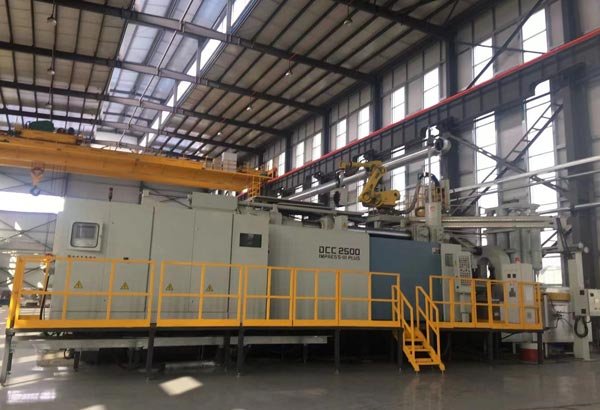Everything You Need to Know About Die Casting Service
Everything You Need to Know About Die Casting Service
Die casting is a metal casting process that involves forcing molten metal into a mold cavity under high pressure. This process is commonly used to produce complex, high-precision parts with excellent dimensional accuracy and surface finish. Die casting is widely used in various industries, including automotive, aerospace, electronics, and more. Here’s everything you need to know about die casting service:
- Die Casting Process:
- Tooling: The process begins with the creation of a two-part steel mold, called a die or tool. These molds are designed to produce the desired part shape.
- Melting and Injection: Metal, typically aluminum, zinc, or magnesium, is melted in a furnace and then injected into the die under high pressure. The pressure ranges from a few hundred to thousands of psi, depending on the material and part design.
- Cooling and Solidification: Once the molten metal fills the mold, it is allowed to cool and solidify within the die cavity.
- Ejection: After solidification, the die opens, and the casting is ejected from the mold. The excess material (called flash) is trimmed off.
- Types of Die Casting:
- Cold Chamber Die Casting: Used for metals with high melting points like aluminum and brass. The molten metal is ladled into the chamber before injection.
- Hot Chamber Die Casting: Suitable for metals with low melting points like zinc and magnesium. The molten metal is held in a furnace and injected directly into the die.
- Materials Used:
- Aluminum Die Casting: Lightweight, corrosion-resistant, and widely used in automotive and aerospace industries.
- Zinc Die Casting: Offers excellent dimensional stability and is commonly used in consumer electronics.
- Magnesium Die Casting: Lightweight and has good strength-to-weight ratio, often used in automotive components.
- Advantages of Die Casting:
- High Precision: Die casting provides tight tolerances and excellent dimensional accuracy.
- Complex Geometry: It can produce parts with intricate shapes and thin walls.
- High Production Rates: The process is highly automated, allowing for high-volume production.
- Good Surface Finish: Die cast parts have a smooth surface that requires minimal post-processing.
- Limitations:
- High Initial Tooling Costs: Creating the molds can be expensive, making die casting more suitable for high-volume production.
- Material Limitations: Die casting is typically limited to non-ferrous metals due to their lower melting points.
- Not Ideal for all Geometries: Extremely large or thin-walled parts may not be suitable for die casting.
- Applications:
- Automotive Industry: Die casting is commonly used for engine components, transmission housings, and other automotive parts.
- Electronics: Consumer electronics often use die-cast components for their precision and durability.
- Aerospace: Critical aircraft components, such as engine parts and structural elements, are often die-cast.
- Quality Control:
- Die casting services employ various quality control measures, including dimensional checks, X-ray inspection, and pressure testing, to ensure the integrity of the parts.
- Post-Processing:
- Depending on the requirements, die-cast parts may undergo additional processes such as machining, surface finishing, and plating to meet specific tolerances and appearance standards.
- Environmental Considerations:
- Die casting generates minimal material waste, and many die casting facilities recycle scrap metal. However, the energy-intensive melting process can have environmental implications, so some die casting companies invest in more energy-efficient technologies.
In summary:
Die casting is a versatile manufacturing process used to create complex, high-quality metal parts. Its advantages include high precision, the ability to create intricate shapes, and high production rates, but it’s best suited for high-volume production due to the initial tooling costs. The choice of material and process type depends on the specific requirements of the part being produced.
